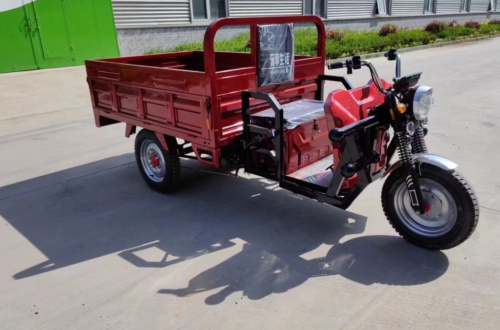Exploring the Evolution of Diaper Materials: From Cloth to High-Tech Absorbents
# Exploring the Evolution of Diaper Materials: From Cloth to High-Tech Absorbents
The Early Days: Cloth Diapers
For centuries, cloth diapers were the only option available for parents. Made from natural fibers like cotton, linen, or wool, these reusable diapers required frequent washing and drying. While economical and environmentally friendly, cloth diapers lacked the convenience and absorbency of modern alternatives.
The Disposable Revolution
In the mid-20th century, disposable diapers emerged as a game-changer. Early versions used cellulose fluff pulp as the absorbent core, wrapped in a waterproof plastic backing. This innovation significantly reduced laundry burdens and improved leak protection, though early disposables were bulky and less breathable than today’s options.
Super Absorbent Polymers (SAPs)
The introduction of super absorbent polymers in the 1980s revolutionized diaper technology. These sodium polyacrylate crystals could absorb hundreds of times their weight in liquid, allowing for thinner, more efficient diapers. SAPs became the standard in modern disposable diapers, dramatically improving performance and comfort.
Breathable Materials
As diaper technology advanced, manufacturers began incorporating breathable materials into diaper construction. Microporous films and nonwoven fabrics allowed for better air circulation, reducing skin irritation and diaper rash. These materials also helped maintain a drier environment for the baby’s skin.
Eco-Friendly Innovations
In response to environmental concerns, diaper manufacturers have developed more sustainable options. Biodegradable materials, plant-based plastics, and chlorine-free processing methods are now common in many eco-conscious diaper brands. Some companies have even introduced compostable diapers, though these still face challenges in widespread adoption.
Smart Diapers
The latest frontier in diaper technology includes smart features. Some high-tech diapers now incorporate moisture sensors that can alert caregivers when a change is needed. Others include temperature sensors or even indicators for potential health issues. These innovations represent the cutting edge of diaper material science.
The Future of Diaper Materials
As research continues, we can expect to see even more advanced materials in diaper construction. Nanotechnology, self-cleaning surfaces, and even more efficient absorbent materials are on the horizon. The evolution of diaper materials continues to focus on improving comfort, performance, and environmental sustainability.
Keyword: Diaper Materials


